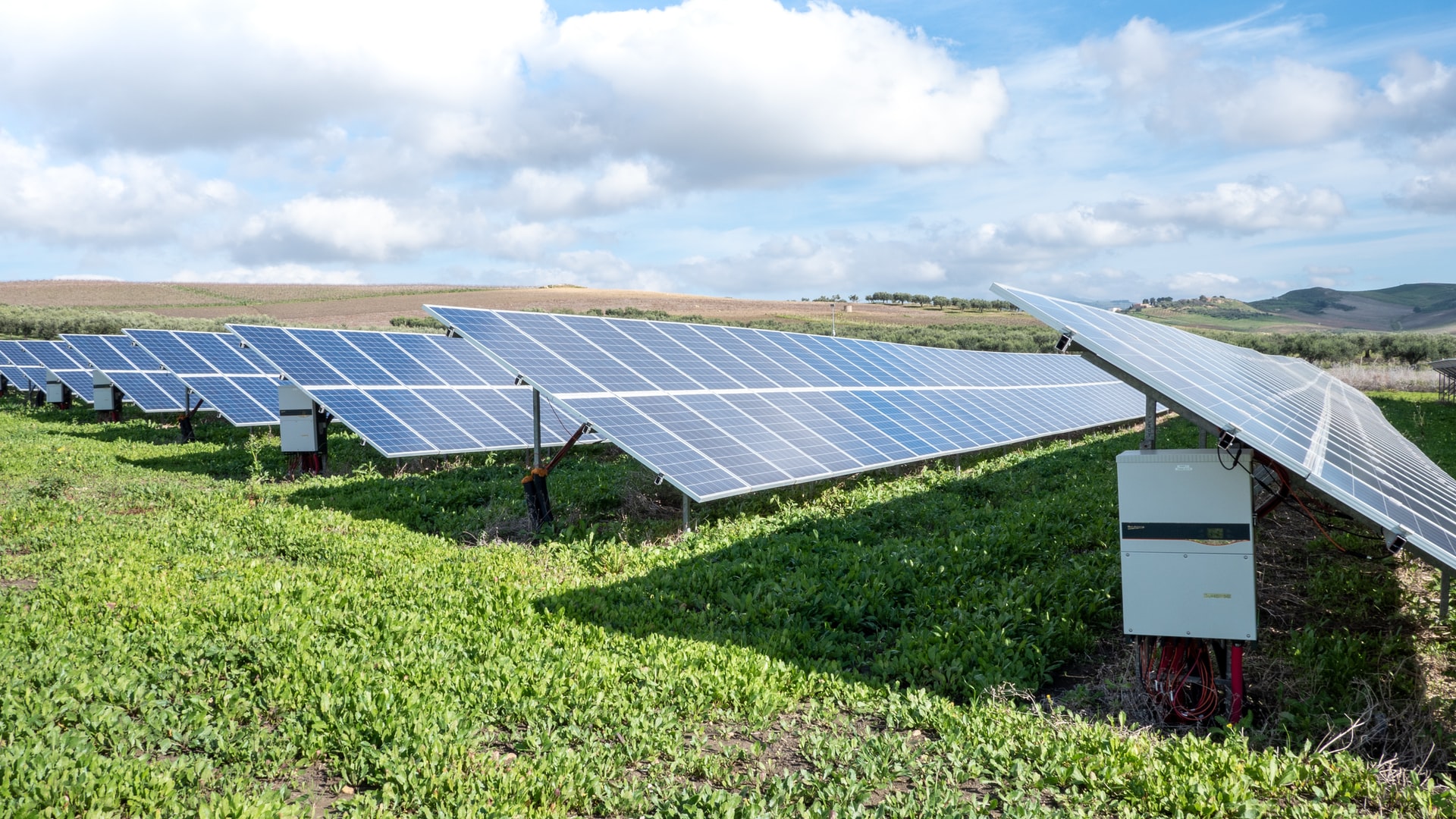
Photo by Sungrow EMEA on Unsplash
This article will discuss the differences between the three types of solar panels. Here we will learn why Monocrystalline panels are typically the most efficient among the rest.
Monocrystalline
Monocrystalline solar panels are usually the most common type of residential solar panel. With efficiencies as high as 20%, these panels are the most efficient of all solar panels. They work by absorbing light and converting it into electricity. The monocrystalline solar cells scatter the light from the sun, which contains semiconductors that absorb, pass through, or reflect it. The light then gets converted into electricity. It then stores energy into the batteries in a home, business, or utility system.
A monocrystalline solar panel is a single silicon crystal used for the individual solar cell. They are forming crystals using the Czochralski method. First, drawing silicon up around a seed crystal and molten silicon creates a large crystal. After that, the formed crystal is sliced into thin square wafers. Typical monocrystalline panels have 60 or 72 cells. For residential installations, 60-cell monocrystalline silicon panels are commonly used. Monocrystalline panels cost less than polycrystalline panels and are generally the most efficient and most powerful.
Multi-crystalline
There are many benefits to multi-crystalline solar panels compared to monocrystalline ones. One significant difference is that the former has lower heat resistance. As a result, it makes them less efficient in high temperatures. Another benefit of multi-crystalline panels is their higher temperature coefficient, which can generate more power for the exact cost. Multi-crystalline panels are more affordable and easier to install and maintain. Regardless of which type you choose, there are some tips to consider when selecting solar panels for your home.
Monocrystalline panels are said to be more efficient than polycrystalline ones because of the space between the cells. However, these panels have lower efficiency than their monocrystalline counterparts since they have fewer silicon fragments to move electrons. That efficiency difference can add up to many solar panels, so consider your needs before purchasing one.
Thin-film
A great way to expand your home's energy production is to use thin-film solar panels. These solar panels are the fastest and easiest to produce. They are usually made from a thin film of photovoltaic material, such as CdTe, a-Si, or CGIS. They are placed between a conductive material, such as glass and a crystalline semiconductor. The panels then produce electricity.
There are also three types of thin-film solar panels: monocrystalline, polycrystalline, and thin-film. Amorphous silicon (s-Si) was the first thin-film solar cell commonly used in pocket calculators. But due to its low efficiency, a-Si manufacturing has decreased. As a result, many a-Si manufacturers have retired from production. Since then, CIS and CdTe thin-film technologies have been introduced, replacing a-Si.
The main advantages of thin-film solar panels over traditional solar cells include their low cost and ease of manufacturing. In addition, thin-film solar cells can generate electricity even in cloudy or rainy weather. They work by absorbing ambient light, ultraviolet light, and infrared energy. It makes them an excellent alternative for homes that need power but cannot depend on the sunshine. Thin-film solar panels also last longer than their silicon counterparts.
You may also like
10 Things You Must Know About Recycling Solar Panels
The Environmental Impact of Solar Energy
Why Solar Street Lights Are Catching on For Businesses and Cities
Solar Energy: Fast Facts, Stats, and Trends You Need to Know
